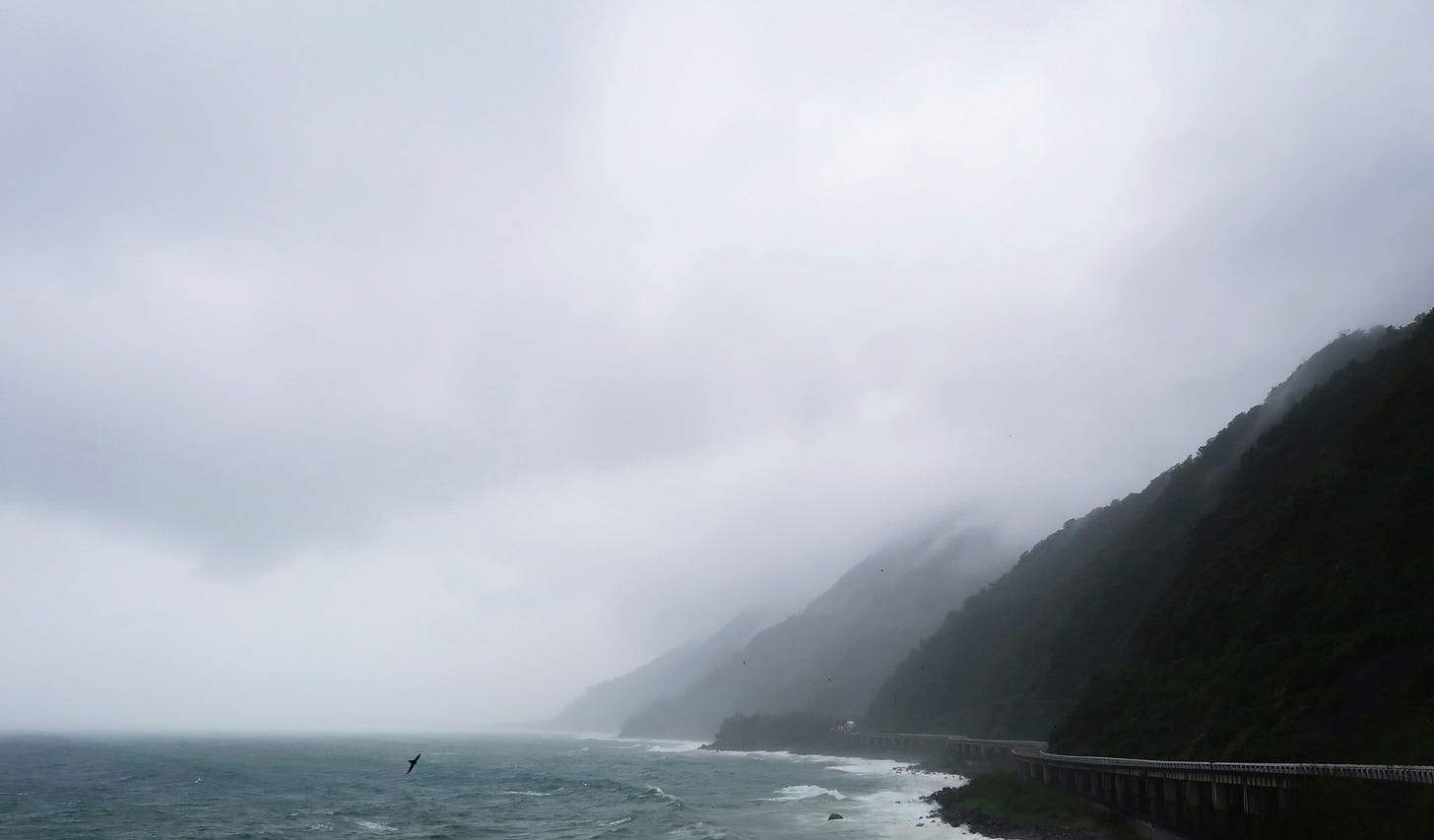In a far away land there exists a nation Seven thousand islands plus more, Nestled in the West of the Pacific Ocean And the now-disputed South China Sea. In these islands are millions of people Who trace origins to their Malay roots, Among neighbors, the only European blend, Asian faces with surnames from Spain. These people only know of two seasons, One appears from October to March, Announces itself through gentle breeze, The cold salvation from the northeast winds. This cooler season of a calmer fame, Amihan is what they chose to call the dame, Signaling the beginnings of the holidays, The longest of all in the Orient Seas. In the tropics where Winters are unknown, Amihan brings reprieve from equator heat, The rains it carries serene and comforting, The tranquil monsoon, Amihan for a name.

What you have just learned:
Pronunciation:
Amihan /Ah-Mee-Hahn/
Habagat /Hah-bah-Gaht/
In the Philippines, there are two main seasons or winds, called the Amihan and Habagat. The Amihan wind (from the North or the Northeast Monsoon) lasts from October to the end of March, while the Habagat (from the South or the Southwest Monsoon) rules the other half of the year.
Source: Marine Conservation Philippines
In Philippine mythology, Amihan is the first creature to inhabit the universe and is also referred to as the deity (diwata) of the wind. When Amihan is shown as a bird, it is usually gender-neutral but when depicted in human-like form, it takes on a female representation.
Source: Eugenio, Damiana L. (2001). Philippine Folk Literature: The myths. University of the Philippines Press. p. 209. ISBN 978-971-542-291-8.
I write about my Philippine heritage under the Filipiniana Series






I can’t imagine having two seasons. Your descriptions bring this to life!